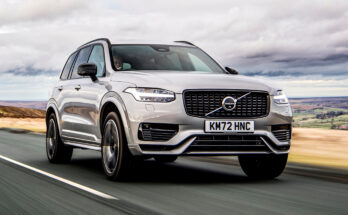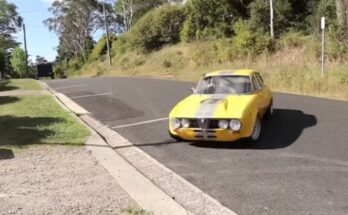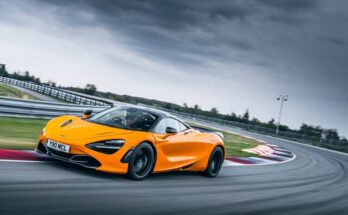Exotic cars often embody the wildest dreams of automotive designers. While many such ventures stumble at the starting line, a few achieve fleeting fame, capturing the attention of car enthusiasts and the media alike. Matrix Motors, however, is a tale of aspiration intertwined with uncertainty. Here’s a detailed look at the intriguing yet tumultuous story of Matrix Motors and its mysterious vehicles.
Foundation and Ambitions
Matrix Motors Inc. (MMC) was established in 1994 in Ridgecrest, California. The company’s dual mission was to craft elite race cars for both European Le Mans and American racing circuits, and to create a striking mid-engine sports car for the streets.
Matrix Motors Inc. Facilities:
- Location: Ridgecrest, California
- Equipped with: Cutting-edge CAD programs, CNC machinery, 5-axis router
Initial Outcome:
- Prototype: 1:1 scale model of the mid-engine CL-2
- Showcase: Salón de Madrid, Spain (1994)
The Hiatus and Revival
Matrix Motors went silent for about seven years. In early 2004, the company resurfaced with significant updates. A press release announced a potential acquisition by Treasury International Inc., which outlined Matrix’s activities during the hiatus. The company had been involved in high-performance race cars and prototype accessories, amassing intellectual properties and patents in the process.
2004 Updates:
- Race Car Models: CL-2 and CL-3
- Focus: Top finishes at Daytona, Le Mans, and other prestigious tracks
New Project: Matrix SS (later renamed Matrix P1)
- Launch Event: Los Angeles Auto Show (2004, not executed)
- Price: $175,000 (~$220,000 in today’s dollars)
The Matrix P1 and Barotex
Matrix Motors announced the Matrix P1, a car designed with cutting-edge materials and technology. The P1 was to feature a body made from Barotex, a new composite material purportedly superior to carbon fiber.
Barotex Material Claims:
- Strength: Stronger and lighter than carbon fiber
- Flexibility: Better stress distribution
- Heat Tolerance: Higher than carbon fiber
Transition to Zicron Corporation
The story took another turn in 2004 with the formation of Zicron Corp., based in Chatsworth, California. This new entity aimed to consolidate similar companies, including LBR Technologies and Barotex Technology.
Zicron Corp. Divisions:
- LBR Technologies, Inc.: Focus on super sports cars and race cars
- Barotex Technology, Inc.: Supply of advanced composite materials
Zicron P1 Specifications (Estimates):
- 0-60 mph: 3.6 – 4.5 seconds
- Quarter Mile: 10.9 – 12.9 seconds
- Top Speed: 210 mph
Engine Options:
- V6 Twin-Turbocharged: 375-400 hp
- V10 Naturally Aspirated: 600 hp
Transmission Options:
- 6-Speed Sequential: Zicron’s own design
- 6-Speed Automatic: Manufacturer unknown
Production Plans:
- Street Cars: 50 to 500 units per year
- Race Cars: 10 to 30 units per year
The Downfall
Despite ambitious plans and cutting-edge technology, the Zicron Corporation and Matrix Motors faded into obscurity. Zicron’s status was ultimately listed as “FTB forfeited,” and both companies disappeared from the automotive landscape.
Technical Specifications Table
| Attribute | Matrix CL-2 | Matrix P1 (Projected) | Zicron P1 (Estimated) |
|---|---|---|---|
| Engine Options | N/A | N/A | V6 Twin-Turbo (375-400 hp) / V10 (600 hp) |
| Transmission | N/A | N/A | 6-Speed Sequential / 6-Speed Automatic |
| 0-60 mph | N/A | N/A | 3.6 – 4.5 seconds |
| Quarter Mile | N/A | N/A | 10.9 – 12.9 seconds |
| Top Speed | N/A | N/A | 210 mph |
| Material | N/A | Barotex | Barotex |
| Price (Approx.) | N/A | $175,000 (~$220,000 USD) | Not disclosed |
| Production Volume (Est.) | N/A | N/A | 50-500 units/year (Street) / 10-30 units/year (Race) |
The saga of Matrix Motors and its evolution into Zicron Corp. underscores the high stakes and inherent risks in the world of exotic cars. Despite their grand plans and innovative designs, the companies remain a footnote in automotive history.



